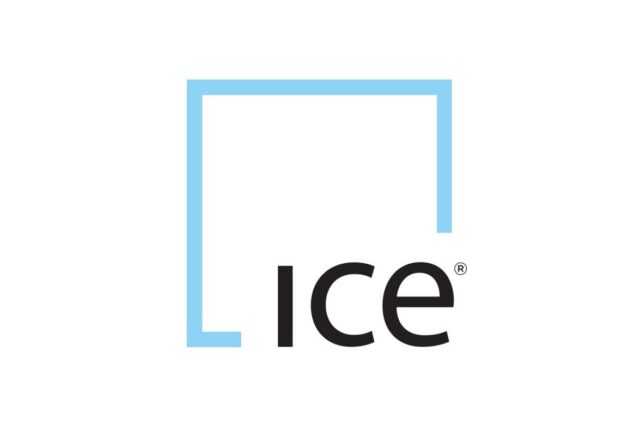MILAN – Arabica coffee futures for July delivery gained 400 points on Tuesday and crossed the $2 mark to end the day at 203.05 cents per lb, after reaching a six-month high of 204.90 cents. In London, July closed moderately higher (+$9) at $2,379 a tonne. Ice Certified stocks fell to a 4-month low of 708,312 bags.
On the other hand, ICE monitored Robusta coffee inventories climbed to a 4-1/4 month high. Expectations of a new global coffee supply deficit are fueling fund buying of coffee futures. Demand is holding up well while exports from key origins such as Brazil and Colombia are slumping.
Green coffee stocks stored at ports of the United States hit their lowest in 10 months, according to data from the U.S. Green Coffee Association. Stocks were 88,690 bags or 1.45% down to 6,016,272 bags at the end of the month.
This compares with a 54,950 bags increase reported in the same month last year.
This is the fourth consecutive month of decrease in stocks pushing the U.S Green Coffee Stock levels to their lowest levels since May 2022.
The ICO published The Coffee Report and Outlook (CRO), a new bi-annual report providing an updated snapshot of the 2021/22 and 2022/23 coffee years’ production, consumption, and outlook. It is based on a new methodology for calculating production and consumption, providing a meaningful update to the legacy model.
World coffee production decreased by 1.4% to 168.5 million bags in coffee year 2021/22, hampered by the off biennial production and negative meteorological conditions in a number of key origins, however it is expected to bounce back by 1.7% to 171.3 million bags in 2022/23, says the ICO.
Increased global fertiliser costs and adverse weather conditions are expected to partially offset the positive impact of the on biennial production from Brazil, explaining the relatively low rate of growth in coffee year 2022/23.
The impact of the biennial production is anticipated to drive the outlook for Arabica, which is projected to increase by 4.6% to 98.6 million bags in coffee year 2022/23, following a 7.2% decrease in the previous coffee year. Reflecting the cyclicality of Arabica’s output, its share of the total production is expected to increase to 57.5% from 55.9 in coffee year 2021/22.
South America is and will remain the largest producer of coffee in the world, despite suffering from the largest drop output in almost 20 years, falling by 7.6% in coffee year 2021/22. The recovery in coffee year 2022/23, partly driven by the on biennial production, is expected to push the region’s output to 82.4 million bags, a rise of 6.2%.
World coffee consumption increased by 4.2% to 175.6 million bags in coffee year 2021/22, following a 0.6% rise in the previous year. Release of the pent-up demand built-up during the COVID-19 years and sharp global economic growth, increasing 6.0% in 2021, explains the sharp bounce back in coffee consumption in coffee year 2021/22.
Decelerating world economic growth rates for 2022 and 2023, coupled with the sharply increasing cost of living, would have an impact on the coffee consumption for coffee year 2022/23. It is expected to grow, but at a decelerating rate of 1.7% to 178.5 million bags.
The global deceleration is expected to come from the non-producing countries, with growth rate of Europe’s coffee consumption presumed to suffer from the largest deceleration among all regions, with growth rate falling to 0.1% in coffee year 2022/23 from a 6.0% expansion in coffee year 2021/22.
As a result, the world coffee market is expected to run another year of deficit.


















